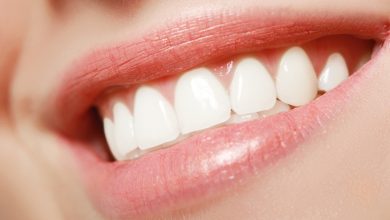Astaxanthin as an antioxidant – how does it work?
Astaxanthin as an antioxidant

Medicine has come on a long way in the last two centuries, with drugs for cancer and HIV as well as antibiotics, painkillers, and remedies for so many common disorders. However, despite all the advances and billions of dollars spent on medicines the last two decades have seen more science looking closer at natural medicines. Often called super-supplements or even miracle medicines nature is proving to be a boundless bounty of powerful and often superbly safe to use medicines for cures, remedies, and relief from countless human disorders.
Introducing Astaxanthin
Among the many natural supplements and remedies for a host of common disorders is Astaxanthin. It is a bit of a mouthful to say but Astaxanthin is fast becoming one of the heroes of the medical world. But what is Astaxanthin?
Astaxanthin is the miracle substance that gives certain fish and marine encrustations their pink flesh. From prawn to salmon and even some algae, Astaxanthin is easily found in nature. It is a powerful and very safe to use a supplement with many benefits and is thought to be one of the key elements that help give salmon the endurance ability to swim upstream. The substance has been known for many years, but only recently has it been fully, or at least better understood.
The Benefits of Astaxanthin
In recent years studies have proven that Astaxanthin has a variety of health benefits. Taken orally this super-supplement demonstrated itself in the treatment of many disorders such as Parkinson’s disease, stroke, high cholesterol, liver diseases, age-related macular degeneration (age-related vision loss), and in preventing cancer. Furthermore, Astaxanthin has been proven to assist in the prevention of heart disease, strokes, and diabetes. Athletes and sportspeople trust Astaxanthin for decreasing muscle damage after exercise and decreasing muscle soreness after exercise. There are countless other uses, and perhaps some yet to be discovered where this miracle of nature has proven benefits, including the prevention sunburn, improved sleep, and for carpal tunnel syndrome, dyspepsia, male infertility, symptoms of menopause, and rheumatoid arthritis.
Astaxanthin as an Antioxidant
One of the key actions of Astaxanthin is that of being a superb antioxidant. Many of the reasons why Astaxanthin is so beneficial in the treatment of so many disorders is that as a powerful antioxidant it is helpful in reducing all kinds of inflammation. Being such a versatile substance and harmless to most people, it can be used as a standalone supplement, included in other natural medicines, or consumed as part of a normal diet. By reducing inflammation Astaxanthin eases pain and swelling and in doing so allows other treatments to work more effectively.
How does Astaxanthin work as an Antioxidant?
While studies into Astaxanthin date back decades, there is still more to know about this remarkable natural element with the number of studies growing every year. As the king of all antioxidants, the actions of astaxanthin have been mimicked by conventional medicines but still come nowhere close to the power of the real thing. In a nutshell, Astaxanthin works by stimulating blood flow, reducing blood pressure, relaxing blood vessels, and ameliorating oxidative stress. There is still much research to be done into the antioxidant properties of Astaxanthin but case studies in everything from cancer, Parkinson’s and even general skincare are proving that the substance heals by cleansing allowing oxygen to flow through the body better and quite simply improving on the natural antioxidation properties in the body that already exists.
While Astaxanthin is considered safe to use for most people it is always recommended to seek professional medical advice before taking the supplement.





